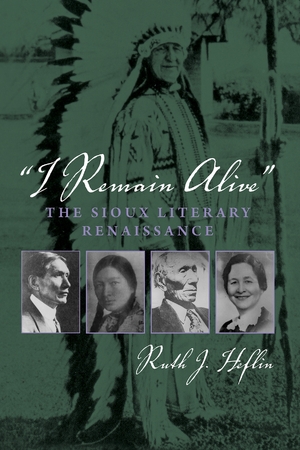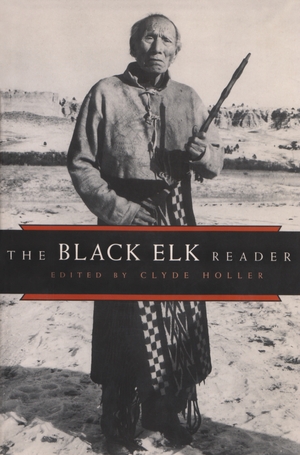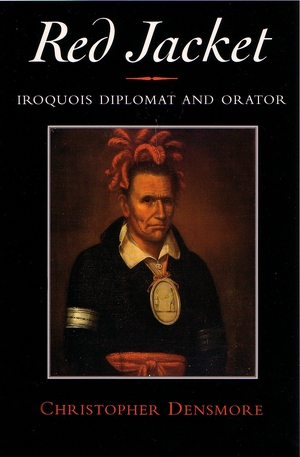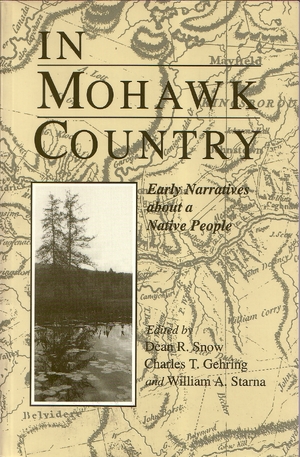Description
In I Remain Alive, Ruth J. Heflin explores the literary endeavors of five of the most prominent Native American writers from the turn of the century-Charles Eastman, Gertrude Bonnin, Luther Standing Bear, Nicholas Black Elk, and Ella Deloria-and challenges the traditional view of Native American literature.
It is widely accepted that the Native American Literary Renaissance began in 1968 with N. Scott Momaday’s House Made of Dawn. With this book, however, Heflin shows that the Sioux embarked on their own literary renaissance beginning in 1890 with the articles of Eastman, soon after the battle of Wounded Knee. The Sioux nation produced more booklength manuscripts in this period between Wounded Knee and the end of World War II than any other tribe. Moreover, their writings were not just autobiographical, as is typically thought, but anthropological, including fiction and nonfiction, and highly stylized memoir.
No other transitional nation produced writers who wrote so extensively for the general American audience, let alone so many works that incorporated both Native American and Western literary techniques.
Their stories helped shape the future of America; its identity; its developing appreciation of nature; its acceptance of alternative religions and medical practices; an awareness of the oral tradition; and a sense of multiculturalism. In this book, Heflin seeks to place these writers alongside American and English modernist work and within mainstream literature.
Table of Contents
1. Introduction: Redefining a Type Through Example
2. The Brave Thing To Do: Charles Eastman’s Warpath to the Creation of a New Literary Form
3. “As Long As You ThIink I Can’t, I Will Show That I Can:” Luther Standing Bear’s Quest for Honor
4. Weaving A Magic Design: Gertrude Bonnin Creates a New Literary Tradition as Zitkala-Sa
5. Literary Kinships: Ella Deloria as Interstitial Author
6. Black Elk Passes on the Power of the Earth: Melding Religions, Purposes, and Literary Traditions in Black Elk Speaks
Appendix A: Indian Publishing Chronology, 1890-1955
Appendix B: The Five Writers
Works Cited
Index
About the Author
Ruth J. Heflin is assistant professor of English at Kansas City, Kansas Community College. She is a contributor to The Black Elk Reader, also published by Syracuse University Press.
6 x 9, 236 pages, 5 black and white illustrations
July 2000




